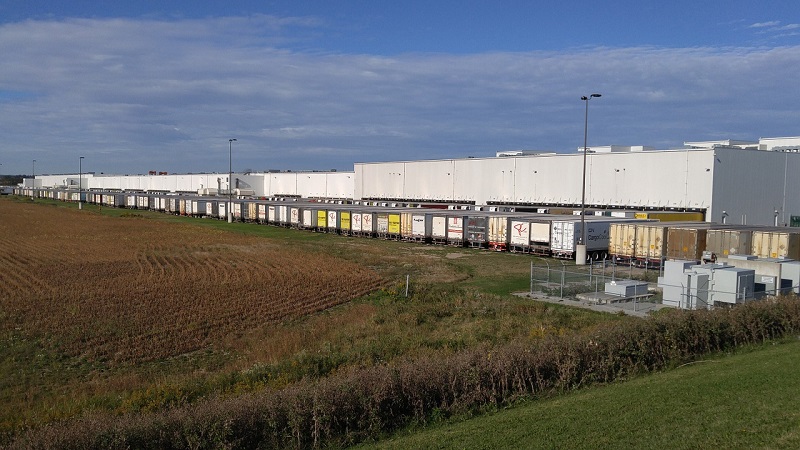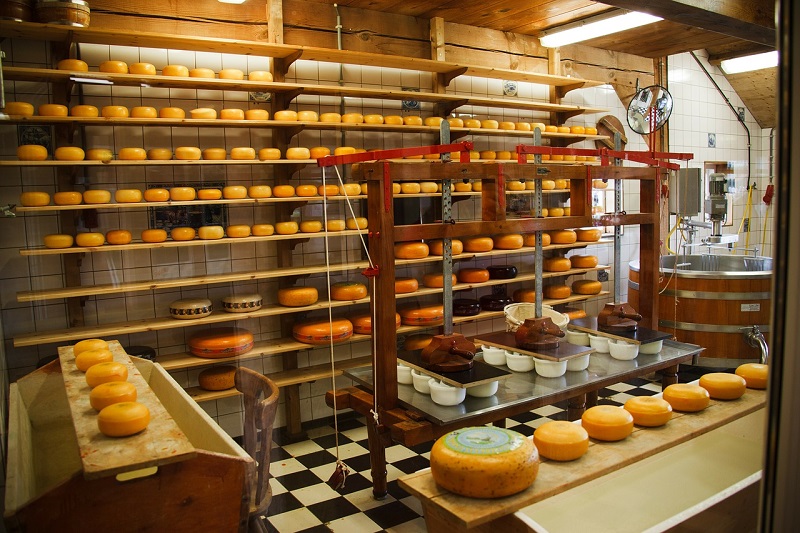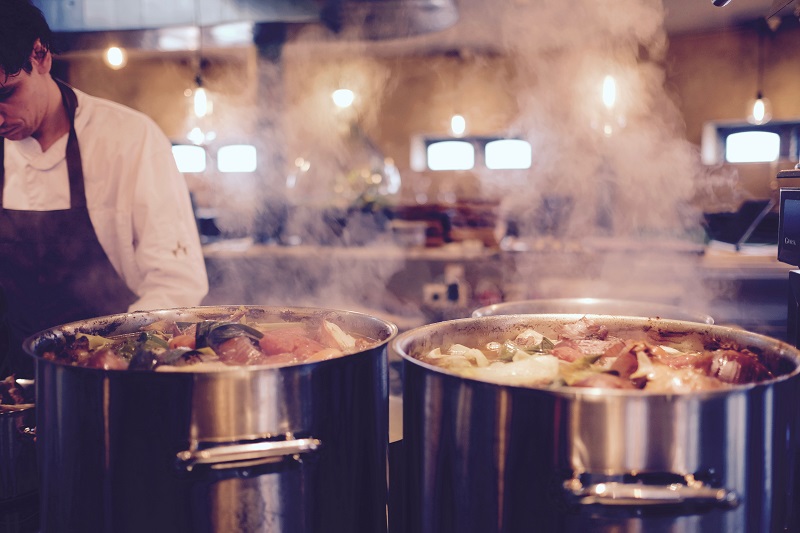Why stainless steel is popular for the food industry?
- Corrosion resistance
- Easy fabrication
- Easy to clean
- Heat resistance
- Maintains freshness
With the various applications that we often associate this resource with everyday materials and household products, stainless steel in the Philippines is the most widely used metal in the country. But did you know that stainless steel is commonly used in the food industry? Stainless steel has played a huge role in transporting and producing food in factories and other food-related institution. Let’s find out why this amazing metal is so popular:
Corrosion Resistance
When it comes to metals and the food industry, stainless steel is the best choice for packaging food or beverages in metal containers. Stainless steel in the food industry can be found in various processes; from food manufacturing to packaging. In the Philippines, stainless steel products are often used when handling food, like knives, pots, forks, and spoons.
The reason for this is because stainless steel has a natural ability to resist the effects of corrosion. Due to the presence of chromium in stainless steel, the effects of oxidation don’t cultivate or promote the steel to rust. Instead, it passively forms a barrier on the surface of the stainless steel that enhances its resilience against corrosion. You don’t have to worry about corroded steel making contact with food when stainless steel is used.
Easy Fabrication

A major benefit of stainless steel is its ease of fabrication. Steel designers can enjoy the extensive boundaries of design when crafting something made of stainless steel. Its ease of fabrication plus many other qualities is another reason for stainless steel to be the top choice for the food industry. With stainless steel, it’s possible to achieve a perfectly smooth fabricated surface that is free of cracks, crevices, and a jagged exterior. This prevents the buildup of bacteria and the cultivation of harmful microorganisms.
You may notice that the design of stainless steel containers, vats, and tubing in the food industry are often made with no sharp joints, few angles, and less channeling parts. Expert craftsmen are involved with the fabrication of these as the welds need to be expertly crafted with no broken areas. Sharp angles and hard corners are strictly avoided due to those designs being susceptible to cracking under stress and other structural issues.
Easy to Clean
Knowing that most stainless steel materials in the food industry are designed with smooth surfaces and no angled areas, that means that stainless steel in the food industry is easy to clean. As a result, stainless steel can dramatically prevent any harmful bacteria from sticking on the surface of the metal. It isn’t difficult to decontaminate and sterilize stainless steel; which is why, alongside many other reasons, it’s the best choice of metal that is used in the food industry.
Apart from the food industry, you can easily find stainless steel countertops and food-related appliances. Why are these good choices? Because it’s non-porous and cleanup is a breeze. You don’t have to vigorously wipe the surface of stainless steel to keep it clean. Simple strokes with a rug and milk soap will do the trick.
Heat Resistance

In the food industry, temperature changes are a constant variable in the process of producing any form of food consumables. This is prominent in the beverage industry. The shift from cool to extreme heat and back to room temperature happens every minute. There is no better material to handle these sporadic temperature changes than stainless steel.
For many other metals, elevated temperatures will rapidly deteriorate the quality of the metal, making it prone to the effects of oxidation. At temperatures reaching 2000 degrees Fahrenheit, stainless steel can still effectively resist corrosion. You’ll notice that a production line in the food industry where products are heated involve the use of stainless steel contraptions and machinery. Another great property of stainless steel under the effects of elevated temperatures is its ability to maintain its shape and structural rigidity. Not easily cracking, warping, breaking, or buckling.
Maintains Freshness
Because stainless steel containers don’t leach any contaminants, it’ll preserve a food’s freshness for days, weeks, or even months. Naturally, stainless steel provides chemical and bacterial neutrality. How else does stainless steel maintain the freshness of the food or beverage stored? When it comes to cooked food and goods that contain additives, naturally, these foods or goods will produce some amount of alkalis and acids, which could slowly deteriorate the quality of some metals. Stainless steel is naturally inert to the deteriorating effects of acids and alkalis.
Key Takeaway
The use of stainless steel in the food industry has helped us preserve and transport food with minimal to no complications. We can see these in syrup tanks, wine containers, knives, spatulas, and evaporator tubes. Though a simple and common metal material, its benefits make it one of the best resources that helped shape the way the food industry works and ultimately, the way we live.




